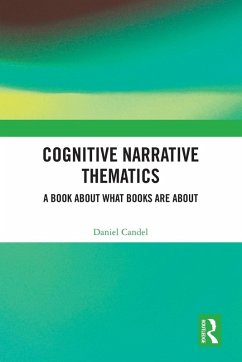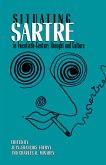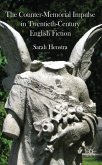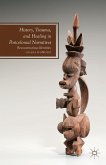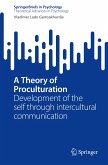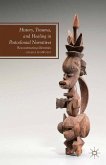Cognitive Narratives Thematics proposes a new way in which narrative works organise their thematic material. It rehabilitates the study of what books are about by providing a cognitive narrative thematic model (CNT).
Part I presents CNT by combining different approaches to narrative, such as evolutionary theory, semiotics, possible worlds theory, or rhetorical criticism. Part II applies CNT to a variety of well-known narratives in different modalities, such as Robert Browning's "My Last Duchess", Julia Donaldson's The Gruffalo, Maurice Sendak's Where the Wild Things Are, Frank Miller's 300, or Mike Mignola's Hellboy. It also considers literary histories and digital humanities. Daniel Candel shows that CNT deserves greater attention and that thematics generates its own forms and adds to the aesthetic pleasure of the text. Candel illustrates that CNT improves the established interpretations of the narrative works it studies.
This innovative study reveals how CNT offers readers a deeper understanding, and how readers and critics are often using CNT intuitively without being aware of it. It is an invaluable resource for students and scholars of narrative theory.
Part I presents CNT by combining different approaches to narrative, such as evolutionary theory, semiotics, possible worlds theory, or rhetorical criticism. Part II applies CNT to a variety of well-known narratives in different modalities, such as Robert Browning's "My Last Duchess", Julia Donaldson's The Gruffalo, Maurice Sendak's Where the Wild Things Are, Frank Miller's 300, or Mike Mignola's Hellboy. It also considers literary histories and digital humanities. Daniel Candel shows that CNT deserves greater attention and that thematics generates its own forms and adds to the aesthetic pleasure of the text. Candel illustrates that CNT improves the established interpretations of the narrative works it studies.
This innovative study reveals how CNT offers readers a deeper understanding, and how readers and critics are often using CNT intuitively without being aware of it. It is an invaluable resource for students and scholars of narrative theory.

